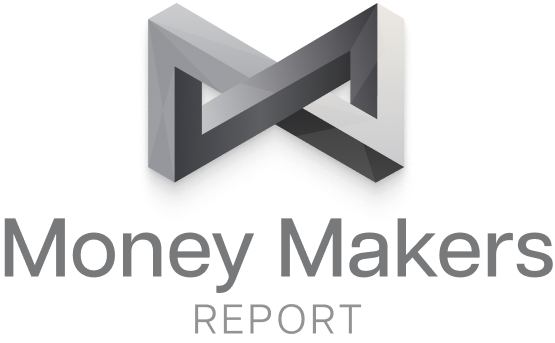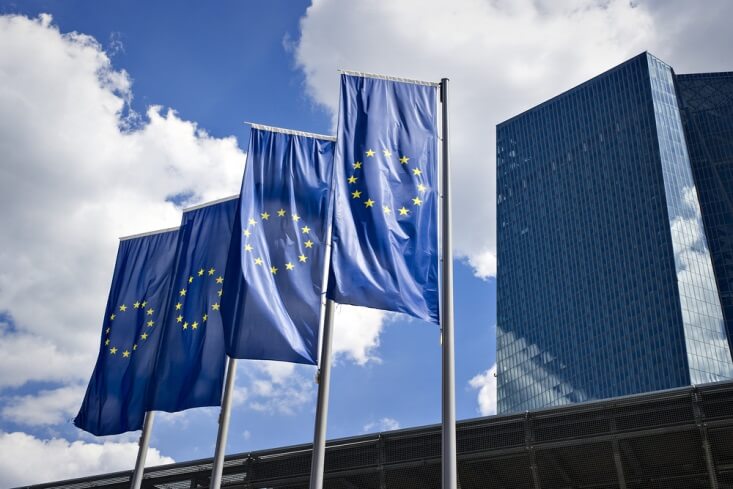Eurozone Consumer Inflation Expectations Ease
Quick Look:
Eurozone consumers lower near-term inflation expectations to 3.1%.
The long-term inflation outlook remains unchanged at 2.5%.
ECB may consider interest rate cuts as inflation eases to 2.6%.
Economic growth expectations remain stable, with slight manufacturing contraction.
Consumer sentiment and manufacturing activity offer mixed signals for policymakers.
In a revealing update from the European Central Bank (ECB), a new survey indicates that Eurozone consumers have adjusted their inflation expectations for the near term downward, although their longer-term outlook remains unchanged. This adjustment comes amid various economic shifts within the region, including changes in actual inflation rates and manufacturing activity.
Short-term Inflation Expectations Dip
According to the ECB’s latest monthly Consumer Expectations Survey, consumers now anticipate a headline inflation rate of 3.1% for the year ahead, a slight decrease from the previous 3.3% expectation. This revision to a lower inflation expectation is noteworthy, especially as it marks the lowest level since the onset of Russia’s war against Ukraine in February 2022. “They are now at the lowest level since the start of Russia’s unjustified war against Ukraine in February 2022.” This shift in consumer sentiment could have various implications for the euro zone’s economic outlook and monetary policy adjustments.
Long-term Projections Hold Steady
Despite the adjustment in near-term expectations, the survey revealed that consumers’ inflation projections for three years ahead remain steady at 2.5%. This stability in the medium-term outlook aligns with the ECB’s predictions that inflation will gradually decelerate, hitting its 2% target by 2025. February’s actual inflation data supports this trajectory, with inflation easing to 2.6% from January’s 2.8%, according to Eurostat. This downward trend in inflation is leading policymakers to contemplate interest rate cuts, with expectations of the ECB reducing its record-high 4% deposit rate as early as June.
Economic Growth and Manufacturing Activity
The survey shed light on economic growth and manufacturing activity within the eurozone. Firstly, consumer expectations for economic growth over the next 12 months remain stable, with a forecast of mild contraction. Similarly, expectations for the unemployment rate in the year ahead are seen as unchanged. This reflects a cautious but stable outlook among consumers. However, the situation with manufacturing activity is different. The Eurozone experienced a decline in this area. Specifically, the HCOB’s final Eurozone manufacturing Purchasing Managers’ Index (PMI) for March indicated a contraction. This contraction was at a faster pace than what was observed in February. Despite this downturn, there was a silver lining. There was a slight improvement in the output index. Additionally, there was a marginal increase in optimism. These changes suggest that, despite ongoing challenges, there may be signs of resilience in the manufacturing sector.
This detailed perspective on the Eurozone’s economic landscape spans from inflation expectations to manufacturing activity. It provides insight into the complex challenges policymakers face. As the ECB manoeuvres through these uncertain waters, finding a balance is key. The balance between fostering economic growth and managing inflation is essential. Given the mixed signals from consumer expectations and economic indicators, the upcoming months will be critical. They will play a crucial role in defining the Eurozone’s economic direction.
The post Eurozone Consumer Inflation Expectations Ease appeared first on FinanceBrokerage.

